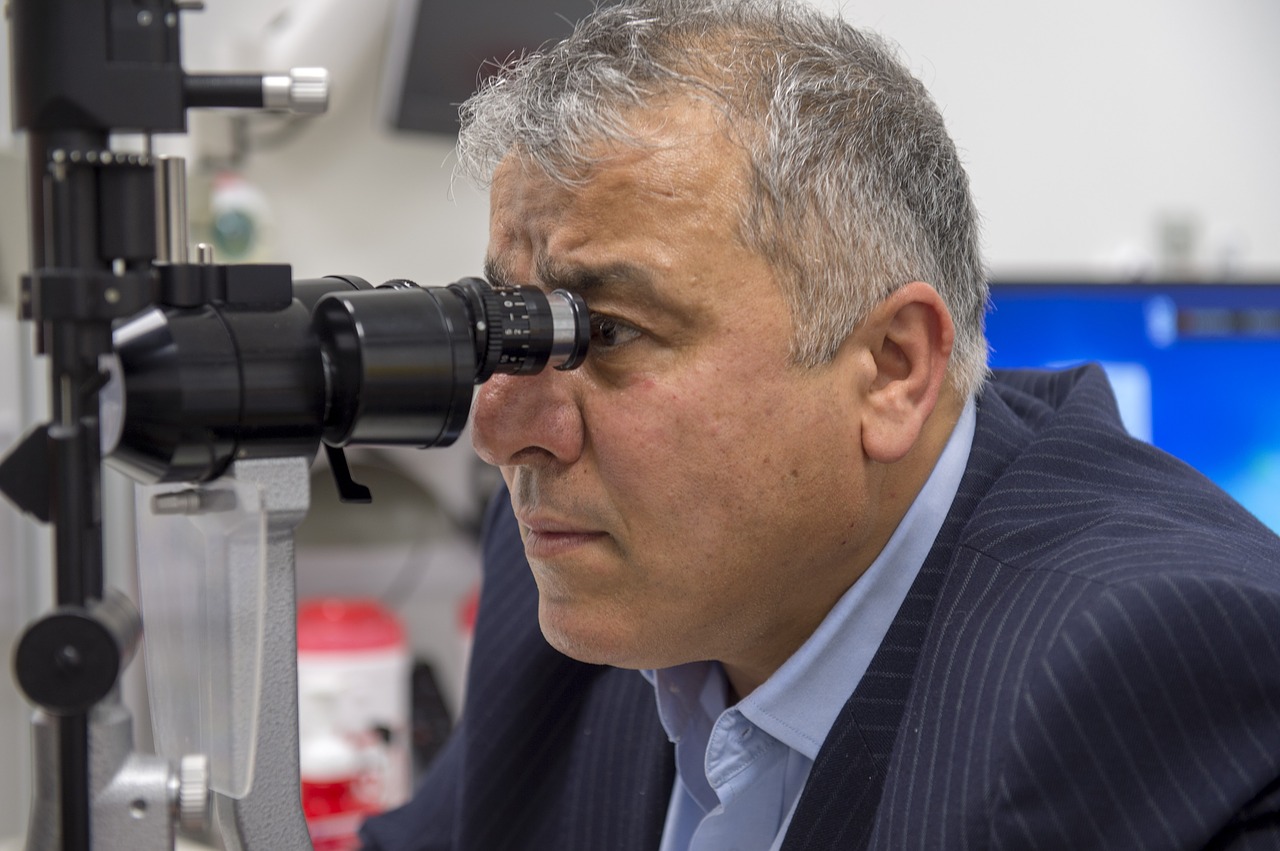Neurodegenerative diseases, like Alzheimer’s, can be hard to treat, in part because of our incomplete understanding of the disease process but also because of their complex pathology. Scientists could design an effective drug that targets amyloid beta plaque formation, but it could have little impact on other aspects of the disease such as neurofibrillary tangle formation. As a result, the drug may not have a significant impact on disease progression at all.
This was a problem recognized by scientists at San Diego-based biotech, Samumed.

“We wanted to pursue a different mechanism to address the disease than what had been attempted previously,” said Dr. Yusuf Yazici, chief medical officer at Samumed, in an email interview with Xtalks. “We felt that targeting amyloid beta in isolation was unlikely to modify the course of the disease, given the clinical failures observed in that space.”
The company chose to target an enzyme called dual‐specificity tyrosine phosphorylation‐regulated kinase‐1A (DYRK1A), which affects the phosphorylation of tau proteins. Abnormally phosphorylated tau proteins are one of the main components of neurofibrillary tangles and previous research suggests that the DYRK1A enzyme plays a role in tau aggregation.
The Samumed team developed a small molecule inhibitor to DYRK1A called SM07883 and recently published preclinical work demonstrating its broad effects on Alzheimer’s pathology. Using mouse models of Alzheimer’s Disease, the team found that SM07883 treatment not only reduced hyperphosphorylation and aggregation of tau protein in mouse brains, but it also reduced neuroinflammation. The mice that received SM07883 treatment also showed improvements in overall health and weight gain compared to control mice. Their preclinical work was published in the journal, Aging Cell.
RELATED VITALS: New Frontiers in Alzheimer’s Disease Research
“Taken together, DYRK1A’s effects on tau, amyloid, and inflammation address multiple aspects of [Alzheimer’s Disease] pathology, differentiating it from other approaches which typically focus on only one pathological process,” said Yazici.
As the prevalence of Alzheimer’s grows with the aging population, the need for effective, disease-modifying treatments is greater than ever before.
“There are no FDA-approved disease‐modifying therapies for [Alzheimer’s Disease], and despite continued attempts and dozens of clinical trials, the FDA has not approved any new treatment for [Alzheimer’s Disease] in over 15 years,” said Yazici.
While still in its early stages, this preclinical work suggests that targeting one protein involved in multiple pathways could be more effective than targeting one protein involved in a single pathway when it comes to treating Alzheimer’s.
“For decades, the pharmaceutical and biotechnology industry had become fixated on only a small handful of therapeutic approaches to this disease,” he continued. “Primarily focused on targeting pathways involving amyloid beta physiology, failure after failure of therapies utilizing targets in these pathways seem to finally have prompted the industry to pursue different disease targets and approaches to treatment.
“It is critical that researchers and other healthcare authorities approach the study of Alzheimer’s pathology from different perspectives so that new and innovative ways of modifying the disease are tested and developed to deliver meaningful clinical benefit,” said Yazici. “We hope that SM07883 can ultimately become standard of care in treating various stages of [Alzheimer’s Disease] as well as other tau-related neurodegenerative diseases.”
The compound is currently being evaluated in a first-in-human Phase I study in healthy volunteers. The team at Samumed hope to publish these data soon and continue advancing SM07883 through the next stages of clinical testing.












Join or login to leave a comment
JOIN LOGIN